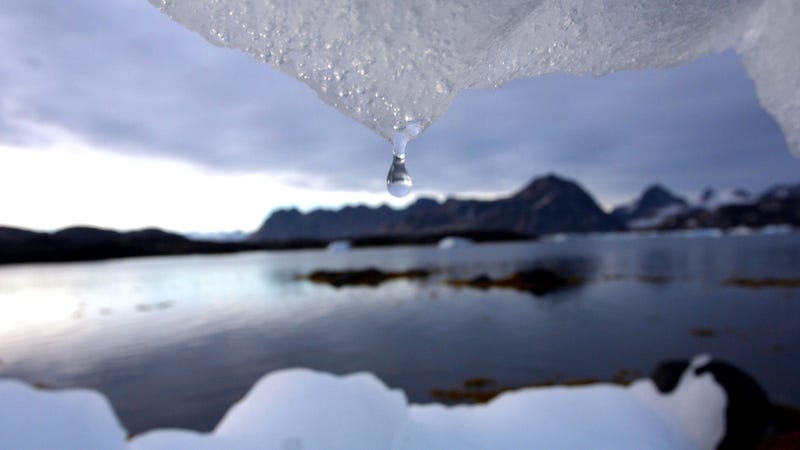Among the hottest
month in recorded history, some records still be notable as completely jaw
dropping. That is certainly true of a measurement made in the Arctic this July.
According to data published in the National Oceanic and Atmospheric
Administration’s (NOAA) regular climate analysis, a weather station in Sweden
north of the Arctic Circle recorded a spectacular 94.6 Fahrenheit (34.8 degrees
Celsius) last month.

As a remote data point, it
would be alarming. But joined with a host of other anomalies, from no sea ice in
125 miles around the Alaska to the unruly
fires ravaging Siberia, it is an expletive point on the climate crisis. The
steamy temperature was documented on July 26 in the small Swedish station of
Markusvinsa, which is located on the southern edge of the Arctic Circle. Deke
Arndt, a NOAA climate researcher, said on a call with journalists that the data
was examined and quality controlled by the Swedish Meteorological and
Hydrological Institute and that “they have declared that as highest temperature
north of the Arctic Circle” for the country.
For comparison, the hottest
temperature documented in New York City last month was 95 degrees Fahrenheit
(35 degrees Celsius). The heat wave that enclosed the Arctic spread a lot remoter
than Markusvinsa, however. Alaska recorded its hottest month ever among exceptionally
strange weather for the state. The heat has caused huge wildfire, and smoke
from those fires enveloped Anchorage and Fairbanks, the former of which has had
its smokiest summer in history, according to Alaska weather researcher Rick
Thoman. Salmon dieoffs, the earliest walrus haul out ever documented, and
emaciated animals have also been reported all over the state.
Through the same press call,
Thoman stretched out on the causes why it’s been so peculiar in Alaska. The big
one is the loss of sea ice six to eight weeks in advance, which has left a
125-mile ring of open water around the state. Oceans were previously warm going
into the summer, but the dark exposed ocean water has absorbed even more heat
compared to the usually reflective ice cover.
Thoman called it “remarkable
warmth” and said it exceeded the oceanic heat wave dubbed The Blob that gripped
the northeastern Pacific in 2015. The hot oceans have in turn warmed up the
land. Amplified evaporation has therefore turned up the humidity, leading to
some disturbingly warm nights in Alaska.
Just as the heat has not
been limited to Markusvinsa, the fading sea ice isn’t just an Alaskan coast
thing. The Arctic Ocean as a whole documented its lowest July sea ice extent
ever, which could have in part helped fuel a strange lightning storm just
a few
hundred miles from the North Pole. Sea ice was an astounding 19.8% below
average, plummeting well under the previous low set in July 2012. Sea ice stands
may recall 2012 as the year sea ice hit a record minimum extent. While we are
still six to eight weeks away from the yearly sea ice minimum, and things could
change in the coming month or so, this year’s icepack is in definitely bad
shape.
July’s Arctic heat is part
of a bigger global trend driven by carbon pollution. The NOAA data published on
Thursday also established that July was the hottest month ever documented on
Earth, with temperature edging 1.7 degrees Fahrenheit (0.95 degrees Celsius)
above the 20th-century average. Based on the heat in the first seven months of
2019, the world is nearly definite to have one of its five hottest years on
record. Using data examined distinctly by Berkeley Earth, climate researcher Robert
Rohde tweeted that there’s a 90% chance that 2019 will go down as the
second hottest year on record, trailing only 2016.













No comments